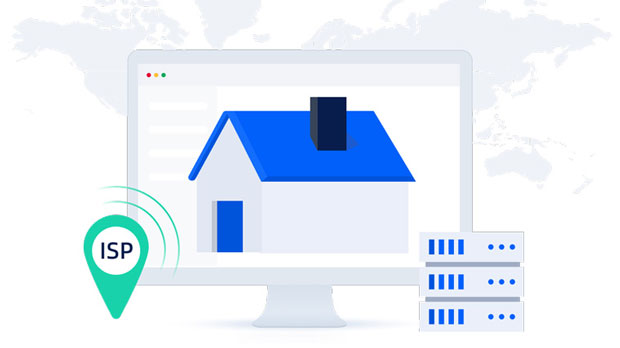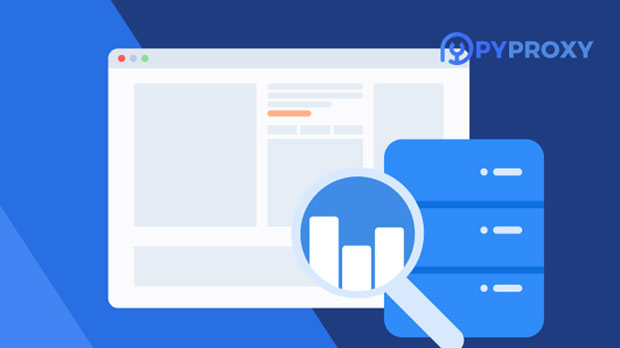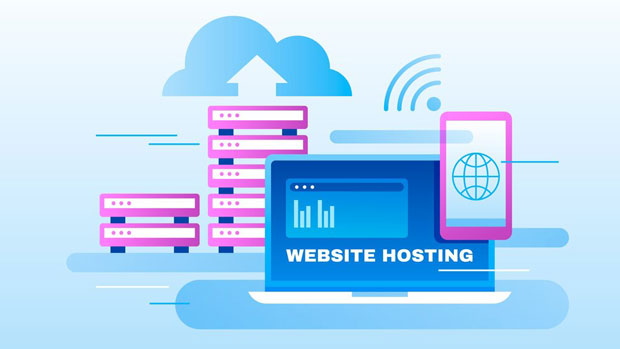In the rapidly developing world of artificial intelligence (AI), the demand for high-quality training data is immense. Data plays a pivotal role in teaching AI models to understand, predict, and respond to real-world scenarios. One of the most crucial aspects of collecting data for AI training is ensuring diversity, scale, and reliability. This is where the global ip proxy pool comes into play. A global IP proxy pool refers to a system of distributed proxy servers located around the world, enabling data collectors to access websites, platforms, and sources from different regions and networks. By leveraging a global IP proxy pool, AI data collection can bypass geographical, legal, and technical restrictions, helping to gather diverse and large datasets crucial for training robust AI models. Understanding the Role of Global IP Proxy Pools in AI Data CollectionAI training relies heavily on vast amounts of data sourced from multiple channels. However, data collection often faces several challenges, including geographical restrictions, anti-scraping measures, and limitations in accessing region-specific data. Traditional methods of data collection may fall short in handling these challenges efficiently. The global IP proxy pool addresses these challenges by acting as an intermediary, routing requests through different IP addresses, which allows data collectors to mimic the browsing behavior of users from various countries or regions.This approach helps to gather diverse data without running into the barriers of geolocation-based restrictions or IP blacklisting. It also facilitates the efficient scaling of data collection operations, making it easier to gather the massive amounts of data required for AI training. Moreover, using proxies ensures that data collection can continue seamlessly, even in environments where direct access might be hindered by firewalls or other technical blocks.Advantages of Using Global IP Proxy Pools in AI Training Data Collection1. Access to Diverse Geographical DataOne of the primary advantages of using a global IP proxy pool is the ability to gather data from various geographical locations. AI models require data from multiple regions to account for cultural, linguistic, and behavioral differences. Without a proxy pool, data collection efforts might be limited to a single region or IP range, which could result in a biased dataset. By utilizing proxies from around the world, data collectors can ensure that their training data is diverse, representative, and comprehensive.For example, an AI model designed for natural language processing (NLP) would need training data from different regions to understand various dialects, slang, and context-specific phrases. The global IP proxy pool makes it easier to gather such diverse data from different linguistic communities without facing regional blocks or restrictions.2. Overcoming IP Bans and Anti-Scraping MeasuresMany websites and platforms use anti-scraping measures to prevent bots from accessing their content, such as rate-limiting, CAPTCHAs, or IP bans. In such cases, relying on a single IP address or a small pool of IPs can lead to frequent blockages, which severely disrupt data collection efforts. A global IP proxy pool helps to circumvent these barriers by rotating between thousands, if not millions, of IP addresses. This makes it much harder for target sites to detect and block the data collection process, ensuring continuous and uninterrupted access to the desired data.The ability to change IP addresses frequently ensures that data collectors can scale their efforts without running into the limitations set by websites or platforms. Whether it’s scraping e-commerce websites for product data or collecting social media posts, proxies ensure smooth and uninterrupted data harvesting.3. Enhanced Anonymity and PrivacyThe use of a global IP proxy pool enhances the anonymity and privacy of data collection activities. AI data collectors often need to access sensitive or competitive information without revealing their identity or the nature of their activities. By routing requests through various IPs in different locations, it becomes more challenging for websites to track the source of data collection.This enhanced anonymity can be especially crucial for industries that require confidentiality, such as market research, competitor analysis, or gathering data from platforms that require user registration. In these cases, protecting the identity of the data collector is essential to maintain ethical standards and avoid unwanted legal or security implications.4. Scaling Data Collection OperationsAI training often involves large-scale data collection projects that require gathering massive datasets from multiple sources. In such cases, the ability to scale up operations quickly is essential. A global IP proxy pool allows for the seamless scaling of data collection efforts by providing access to thousands or even millions of IP addresses. This distributed system enables AI data collectors to handle large amounts of requests concurrently, increasing the efficiency of the entire process.Whether gathering textual data, images, videos, or other forms of content, the ability to scale the data collection process is crucial for training high-performance AI models. Global IP proxy pools help achieve this scale by providing the necessary resources to run multiple instances of data collection operations simultaneously.Practical Use Cases of Global IP Proxy Pools in AI Training Data Collection1. Web Scraping for E-commerce DataE-commerce platforms contain a wealth of valuable data, including product details, pricing information, customer reviews, and inventory status. AI models can use this data to predict market trends, analyze consumer behavior, and optimize product recommendations. However, accessing this data can be challenging due to the anti-scraping measures employed by many e-commerce sites.By leveraging a global IP proxy pool, data collectors can access e-commerce websites from different regions without triggering bans or rate limits. This ensures that the data collected is comprehensive, accurate, and up-to-date, providing valuable insights for AI-driven solutions in the retail industry.2. Social Media Data Collection for Sentiment AnalysisSentiment analysis is a key application of AI in understanding consumer opinions and market trends. Social media platforms like Twitter, Facebook, and Instagram are rich sources of data for sentiment analysis, but accessing this data can be difficult due to geographical blocks, account verification requirements, or IP restrictions.With a global IP proxy pool, data collectors can gather social media posts from different countries and regions, allowing them to build more accurate sentiment analysis models. This data is crucial for businesses looking to understand consumer sentiments and make data-driven decisions.3. Data Collection for Autonomous VehiclesAutonomous vehicles rely on AI models that require vast amounts of data for training purposes, including road signs, traffic patterns, weather conditions, and driver behaviors. Global IP proxy pools can assist in gathering diverse data from different geographical locations, allowing AI models to be trained with data that is representative of various driving environments.Accessing data from global sources ensures that AI systems are well-equipped to handle different road conditions, traffic scenarios, and driving regulations. This can improve the overall safety and efficiency of autonomous vehicles as they become more integrated into society.Conclusion: Maximizing the Value of AI Training Data with Global IP Proxy PoolsIn conclusion, global IP proxy pools offer significant advantages in the realm of AI training data collection. They provide the ability to access diverse geographical data, overcome anti-scraping measures, enhance anonymity, and scale data collection operations effectively. By using proxies, businesses and AI developers can collect the high-quality, diverse datasets required to train robust AI models that perform well in real-world applications. As AI continues to advance and data requirements grow, global IP proxy pools will remain a critical tool in ensuring that AI models are well-equipped to handle complex tasks across various industries.
Nov 07, 2025



































































